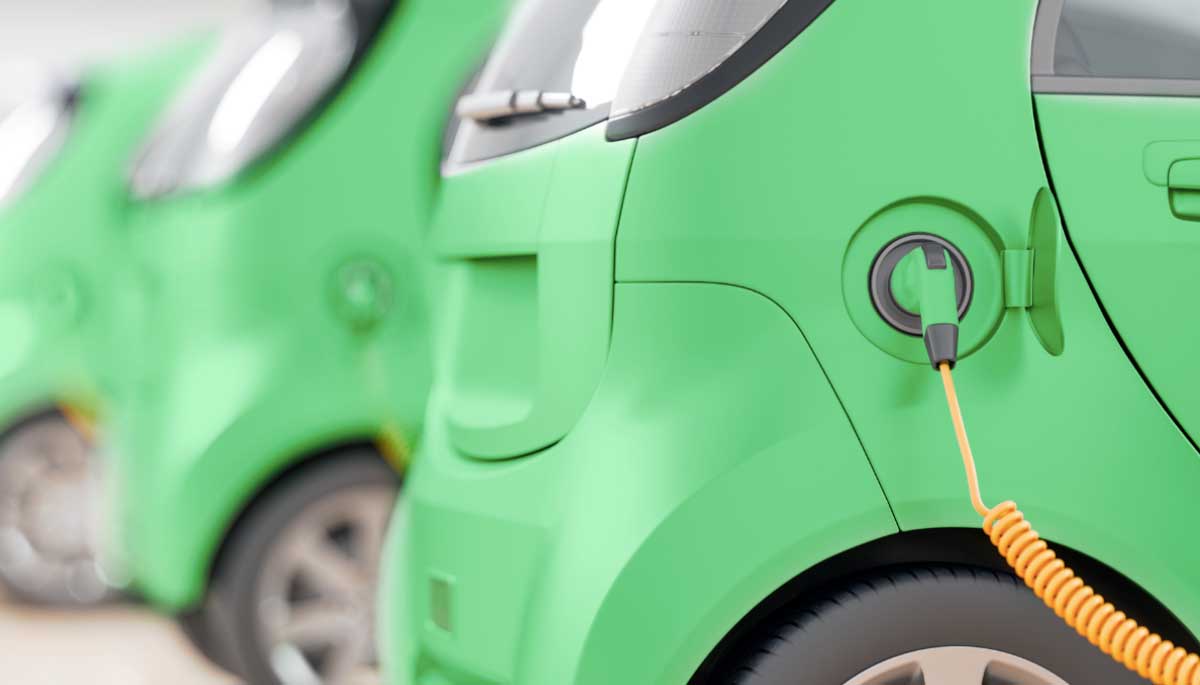A business with a vast fleet means several vehicles on the road emitting harmful gasses. The more the vehicles, the greater the damage done to our Eco-system.
While it is not possible to eliminate harmful emissions, as a responsible business, you can try to reduce your contribution to global warming.
As such, you can make your fleet sustainable with some simple and effective methods used by some of the top fleet businesses across the globe.
They have been established as industry standards so that businesses of all sizes can adopt them with ease and do their bit for the planet as they serve their customers. Let’s see what they are.
 Steps Towards A Sustainable Fleet
Steps Towards A Sustainable Fleet
#1. Invest In Good Vehicles
When you set out to find vehicles for your fleet, look for their emission standards. Most fleet manufacturers design trucks to be environmentally friendly, but still, you have to do your homework.
Invest in the machines that cause the least damage to the environment and are good for your pocket as well.
Start by creating a list of your requirements and then check the specifications of vehicles available in the market. Go for the trucks that meet your needs as well as the sustainability standards.
#2. Maintain Your Vehicles
It is not enough to purchase eco-friendly vehicles – you must also spend time and money maintaining your fleet.
Preventive maintenance ensures that your machines are in mint condition and do not produce harmful emissions. It’s also lighter on the pocket as compared to repairs or part replacement at a later time.
Besides receiving updates on your fleet maintenance schedule via software, you may also ask truck drivers to keep an eye on a vehicle’s performance and report issues via a fleet telematics system.
Since drivers spend so much time with their vehicles, they are the best people to catch a problem before it snowballs into a bigger and more severe issue.
#3. Purchase Electric Vehicles
Governments and fleet businesses are now allies in a shared venture: protecting the earth by reducing the carbon footprint.
The government has become serious about achieving their emission targets. As a result, they have introduced several grants that financially help businesses and individuals who buy green technology.
Businesses receive massive discounts when they purchase an electric vehicle. With government grants, you have to pay only a part of the original price.
Electric vehicles are expensive compared to petrol or diesel options. But they are sustainable and cost-efficient in the long run because they save a substantial amount of fuel money and have zero emissions.
#4. Train The Drivers
Before you can achieve sustainability standards, you will have to ensure that your team is on the same page as you. After all, you cannot achieve sustainability just by purchasing low-emission vehicles.
Your drivers have to be wary of practices like route optimization, proper speed maintenance, and accelerating behavior to save fuel and reduce emission.
Vehicles are handled a lot less deftly when fleet operators aren’t aware of the consequences of poor driving habits. Your team has to understand the nuances of sustainability to effectively implement acceptable practices.
Prepare your team by talking about sustainability through training and meetings so that everyone can understand the concept better. Hold brainstorming sessions where everyone could share ideas.
#5. Optimize Routes
There is no better way to reduce fuel consumption than optimizing routes. Going back and forth to a place without a full load is a tragic waste of fuel, time, and man-hours.
By optimizing routes and combining deliveries, you can greatly reduce fuel consumption and man-hours on the road – and, as a consequence, harmful emissions released into the atmosphere.
Modern-day technology like GPS mapping can come to your rescue with pre-mapping of the routes.
Similarly, the circling back strategy is an excellent way of optimizing routes. It saves time and money and also substantially reduces downtime.
#6. Motivate The Team
Starting conversations that center around sustainability and environment consciousness is a great first step to raise awareness about environmental issues in your fleet.
But when it comes to finishing tasks, drivers may often forget the good practices taught to them. In fairness, moving to a sustainable way of work is a slow learning curve that can’t be mastered overnight.
As such, you will have to motivate them by offering incentives, awarding employee recognition batches, and other simple management methods that will boost the drivers’ morale.
This way, sustainability will always be on top of your team’s mind, and they will consciously work towards attaining your businesses’ goals.
#7. Invest In Technology
Several software and applications can help with the green fleet plan. They may come at a hefty price initially, but with time, they will be worth the extra investment.
Technology starts paying in the form of revenue and green footprints over the years. Plus, they offer bonus advantages such as enabling dispatchers to monitor hours of service and even prevent truck theft.
Consider features like GPS mapping and adaptive cruise control to help achieve strategies like route optimization and acceleration maintenance.
#8. Create Employee Friendly Rules
Fleet drivers often push the pedal harder to achieve their targets in work hours and distance traveled.
As a responsible business, you will have to ensure that you create attainable targets without putting extra stress on the driver, vehicles, and in turn, the planet.
Avoid overburdening your employees in the interest of getting more revenue and create a work schedule that’s fair to all drivers. Set feasible targets that can be achieved without breaking highway rules.
As a business, you need to take care of your employees so that they revert with the same sentiment. Together, you can save the planet, one delivery at a time.
#9. Set Clear Goals
Becoming a green business is a long-drawn process. You cannot change everything overnight and suddenly become a green company.
As discussed above, you will have to train your employees, invest in an electric fleet, revamp your existing fleet, buy the latest technologies, and define green processes to make your business environment friendly.
Since these steps will take time and effort, you can start by setting clear short-term goals. This way, you won’t burden your resources, both human and otherwise, and will be able to ensure a smooth transition.
Conclusion
Setting up a sustainable fleet business is not difficult. A few simple changes in operations can go a long way in helping you save fuel and contribute towards a greener planet. Try the above-mentioned points and watch your business transform with every step!

